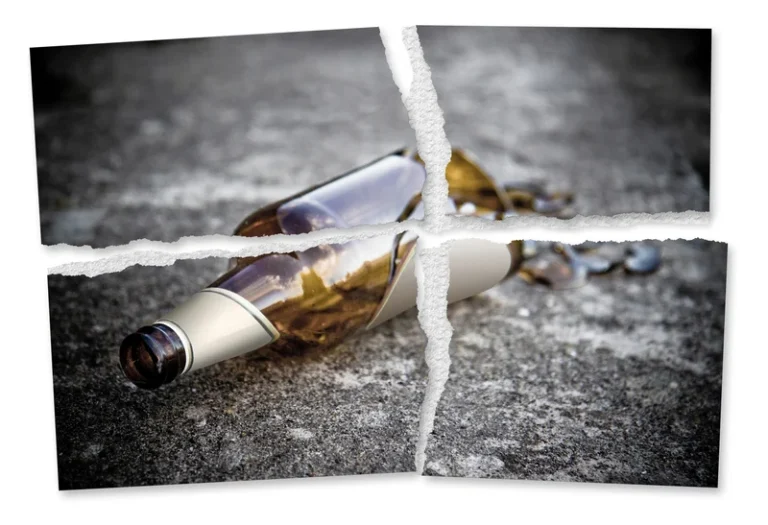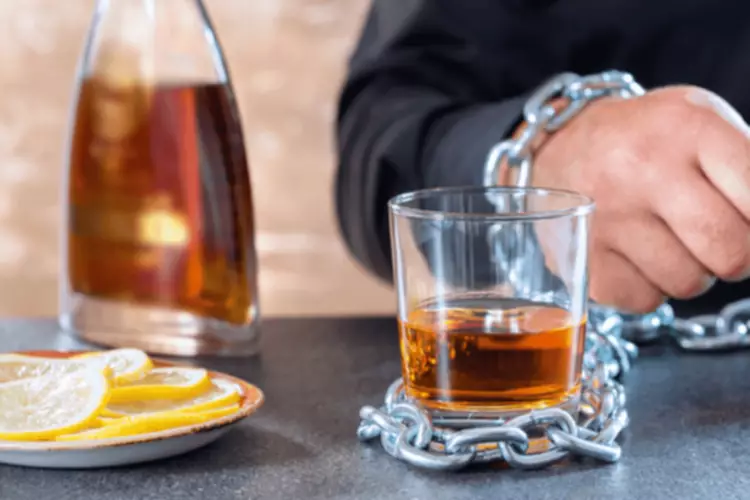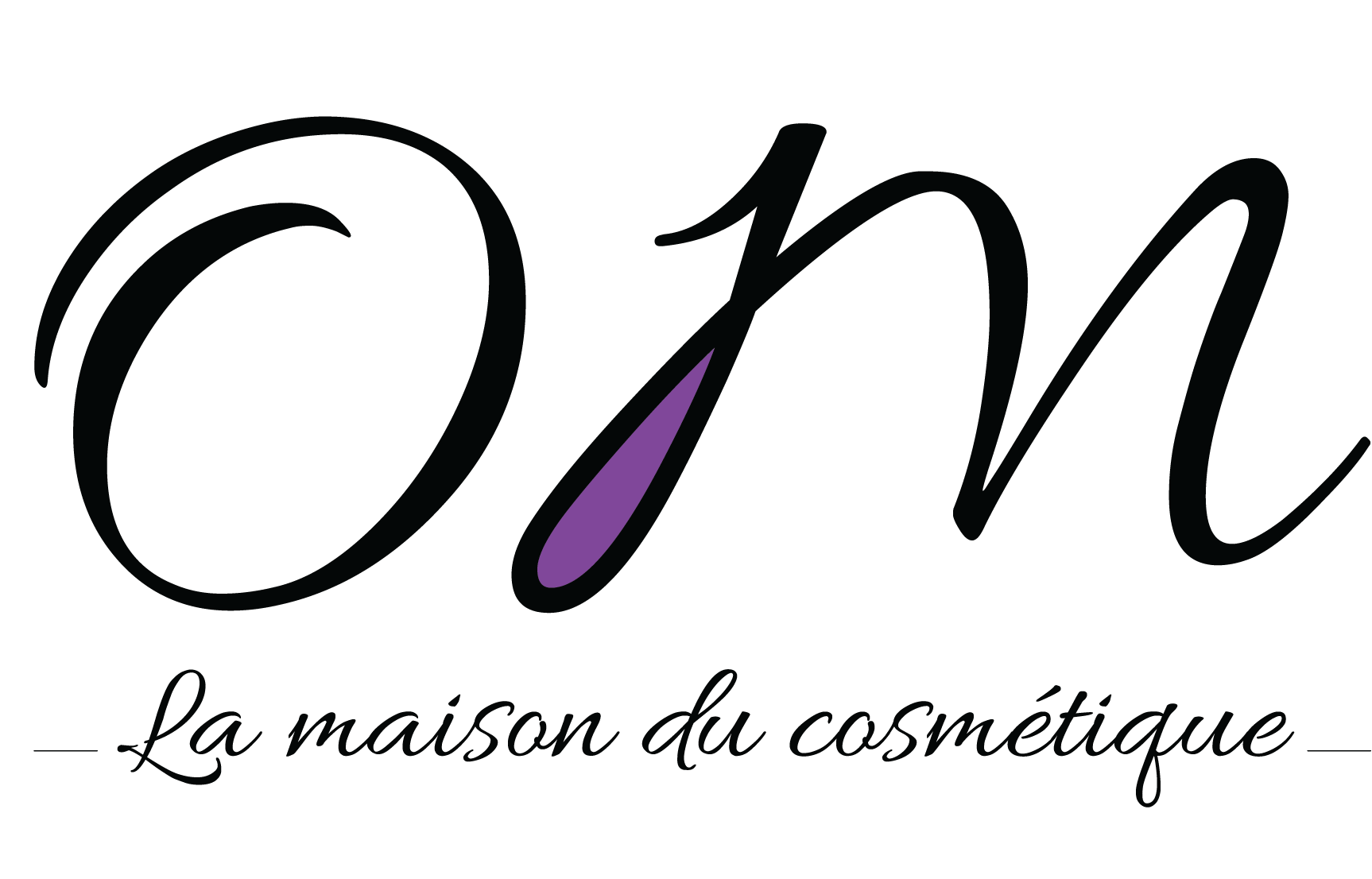Drug Rehab Success Rates and Statistics

Learn more about how our program works or schedule a call with a member of the Ria Health team. On top of that, the widespread surge in fentanyl’s inclusion and mixture within other opioids has created a nightmare scenario for opioid overdoses and overdose deaths. Fentanyl is a synthetic opioid—human-made and often lab-grown—that’s 80 to 100 times more powerful than morphine and is among the leading causes of overdose deaths in America.
Patient Care Network
In other words, it’s a lifetime diagnosis, so patients have to carefully maintain their recovery using different coping skills, support networks and self-care routines. By using those important techniques, people in recovery will adeptly maneuver https://ecosoberhouse.com/ any threat of relapse. Compared to individuals who remitted with help, individuals who remitted without help experienced fewer current drinking problems and negative life events and relied less on avoidance coping and drinking to reduce tension.
Alcohol Relapse Warning Signs, Prevention, and Treatment
Family support can provide encouragement, accountability, and assistance in managing stressors that may contribute to relapse. Living in a neighborhood with high substance use activity or near bars can increase the risk of relapse. Lack of structure and routine in daily life can also contribute to relapse, as individuals may struggle to fill their time with healthy activities. Relapse doesn’t happen immediately; rather, it is a gradual process that is different for each person. The process of relapse starts weeks and even months before you consume alcohol or ingest drugs into your system.3 Relapse occurs in three stages that include emotional, mental, and physical. This table indicates a bivariate logistic regression analyses for determining the association between relapse and socio-demographic characteristics and medical factors collected from the medical files of the admitted patients at Icyizere Rehabilitation Centre.
Alcohol Relapse Rates and Statistics

Camelback Recovery embraces a holistic approach to treatment, addressing both the physical and emotional aspects of alcohol addiction. This comprehensive method is crucial for achieving long-term sobriety and preventing relapse. Joining support groups such as AA provides a community of Alcohol Relapse individuals who understand the challenges of alcohol addiction. Ongoing counseling helps address underlying issues and develop strategies to prevent relapse. While these statistics may seem discouraging, it is important to remember that every person’s journey in recovery is unique.
Rehabs with alumni networks typically connect individuals with this resource while they are still in treatment so they are already part of the community when formal treatment ends. The cost of a 30-day inpatient rehab program ranges from $6,000 to $30,000, with luxury options exceeding $80,000. Factors like facility type, level of care, and amenities affect pricing, and financial assistance options like scholarships, sliding scale fees, and payment plans can help manage expenses. As we work to address addiction and relapse, it is crucial to prioritize comprehensive, evidence-based treatment approaches that consider the unique needs of individuals in recovery. Overconfidence in one’s ability to maintain sobriety and neglecting necessary support systems can contribute to relapse. Positive emotions, such as celebrations or happiness, can also be triggers as individuals may use substances to enhance these feelings.
- An additional predictor of relapse at 6 months was shorter number of days of abstinence prior to treatment entry.
- Take our free, 5-minute substance use self-assessment below if you think you or someone you love might be struggling with substance misuse.
For the young people with SUD; this can lead to relapse after treatment due to poor support and follow-up by the family [5, 11, 36]. Anhedonic depression symptoms, cigarette smoking status, and days since last alcohol use prior to treatment were significant predictors of relapse in Veterans 6 months following residential treatment for AUD. Of the 95 participants, 69% relapsed following treatment, which is generally consistent with previous research on relapse rates in AUD (Durazzo and Meyerhoff, 2017; Kirshenbaum et al., 2009; Maisto et al., 2006a; Maisto et al., 2006b). Some research studies estimate relapse rates between 40 and 60 percent for people in an alcohol recovery program.
Support Your Recovery
Recovery is characterized by continual growth and improvement in one’s health and wellness while managing setbacks, which are a natural part of life. Official websites use .govA .gov website belongs to an official government organization in the United States. No relapse is too big to recover from, and in fact, you can take immediate action to regain your sobriety. However, it’s important to assess the relapse and identify things you can change or adapt to prevent a similar experience in the future.
Most common reasons cited for relapse in both the groups was desire for positive mood [Table 4], followed by sleep difficulties and negative affect in alcohol dependence and craving and sleep difficulties in opioid dependence. Emotional state contributed to a relapse precipitant in 76%–80% of the subjects in both the groups. Medical professionals characterize this condition as a pattern of uncontrolled drinking, and the inability to stop or control alcohol misuse despite its negative impact on your life. Still, too many people perceive alcohol addiction as a moral flaw or a personal failing—especially when someone tries to quit and relapses.

Our experienced team will help you develop a recovery plan customized for your individual needs. 2021 NSDUH report includes selected estimates by race, ethnicity, and age and is the most comprehensive key findings report to date. A better approach, however, involves judging the actual quality of care a facility provides—during and after the formal treatment period. To get insurance to cover inpatient rehab, thoroughly review your policy, ensure pre-authorization, and use in-network facilities to maximize benefits. If coverage is denied, appeal with comprehensive documentation and persistence to secure necessary treatment. Medication-assisted treatment options like naltrexone or acamprosate have been shown to increase the chances of long-term recovery by up to 25%.
